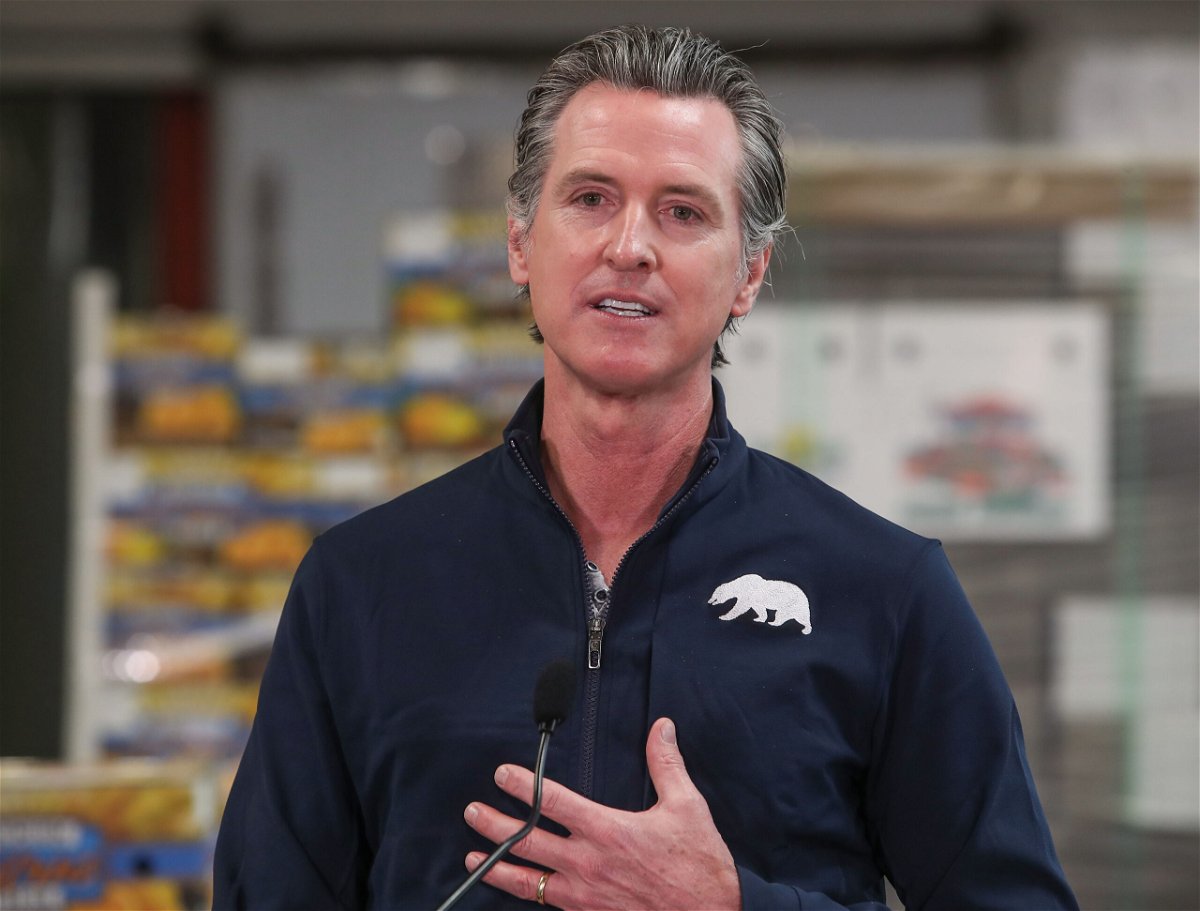Only 43 signatures were withdrawn from the Recall Newsom petition

The period to withdraw signatures from the petition to recall Governor Gavin Newsom is over and just a few signatures were removed.
Shirley N. Weber, the Secretary of State, notified the Department of Finance that just 43 signatures were removed from the petition during the 30-day signature withdrawal period. The recall petition has more than 1.7 million verified signatures. 1,495,709 signatures were required to initiate a recall election.
Check Out: Cathedral City man part of team leading recall effort targeting Governor Gavin Newsom
The Department of Finance will consult with county elections officials and the Secretary of State within 30 business days of this notification to estimate the costs of holding the recall election as a special election or as part of the next regularly scheduled election.
A spokesperson for California's Department of Finance previously told CNN the recall would cost about $215.2 million.
A date has not yet been set. The Lieutenant Governor is required to call a recall election to be held no less than 60 days nor more than 80 days from the date of certification of sufficient signatures.
Recall elections have different rules than traditional elections, as CalMatters pointed out earlier this year. Even if Newsom gets more votes than his challengers, he could still lose his job. In recall elections, voters are first asked whether they would like to get rid of the incumbent. The next part is selecting a replacement from the list of challengers. Newsom, the incumbent, would not be on the list.
If the "yes" vote gets more than 50% of votes, whichever challenger comes in first on the replacement list is immediately hired as the state's new governor. The challenger doesn't need to get more than 50% of the vote, they just need to come in first from the list of replacements.
This was the case during California's 2003 recall election, in which Arnold Schwarzenegger won 49% of the vote.
Critics said Newsom has been too restrictive during the health crisis, shuttering businesses and limiting people’s activities far longer than necessary. They also say he has not followed his own directives, notably when he attended a lobbyist’s birthday party at the fancy French Laundry restaurant last fall as he was telling Californians to stay home
Newsom and his team have framed the recall as an effort by supporters of former President Donald Trump and right-wing extremists to wrest control of the government from progressives.
The GOP has only 24% of registered California voters, but organizers said they are attracting Democrats and independents.
"There are a lot of Democrats who are frustrated," Assembly Speaker Anthony Rendon conceded after Newsom’s State of the State speech in March. But Rendon, a Democrat who sometimes is at odds with Newsom, said the governor deserves credit, not condemnation, for a smart and measured response to the pandemic.
Republicans running to replace Newsom include former San Diego Mayor Kevin Faulconer and reality TV star and former Olympic decathlon champion Caitlyn Jenner, who has never run for elected office. Businessman John Cox, who lost to Newsom in 2018, former Congressman Doug Ose, Riverside County Supervisor Jeff Hewitt, are also among those running.
Dozens of other candidates, serious and not, are expected to enter the race.